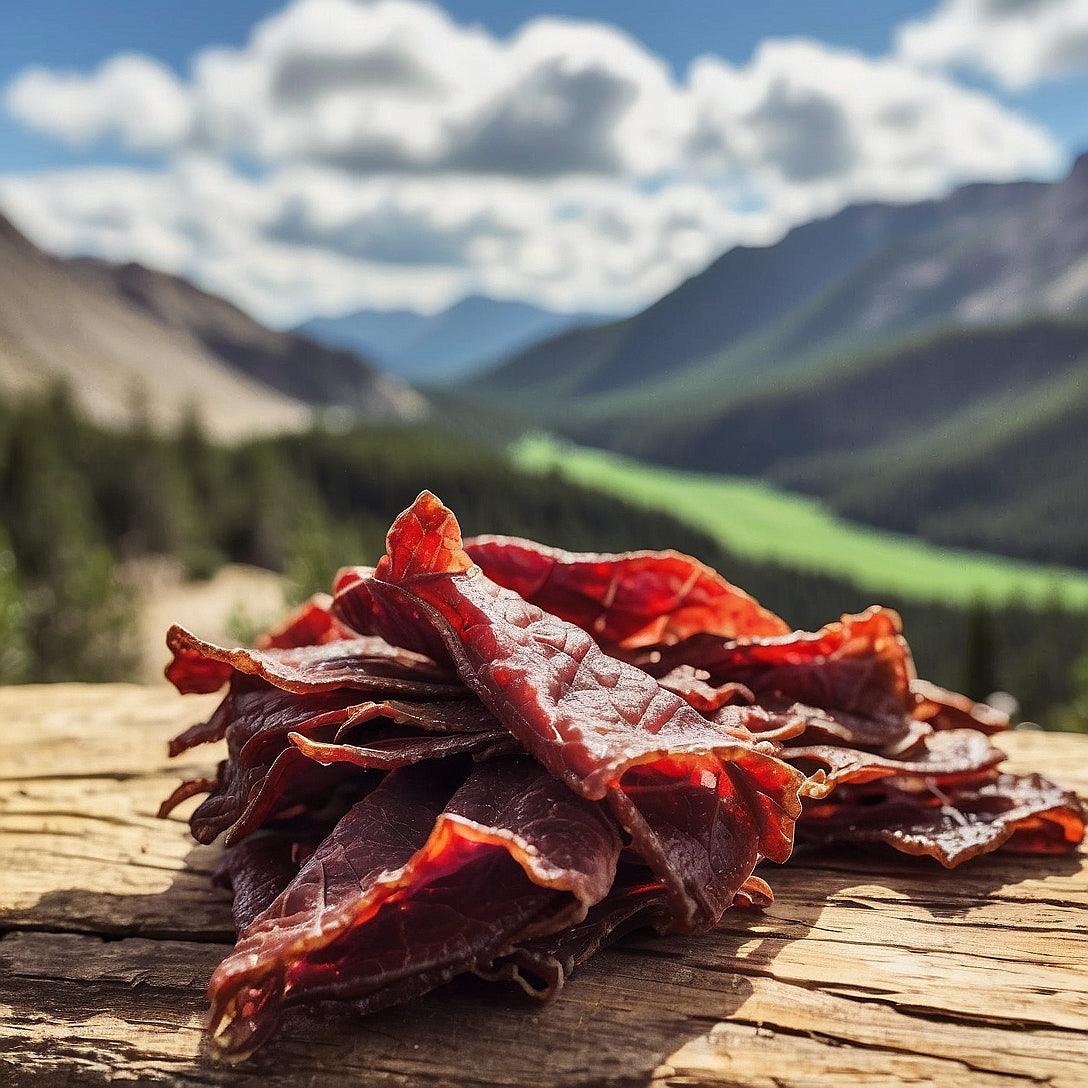Unraveling the Environmental Impacts of Beef Jerky Production
Beef jerky, a snack cherished for its savory flavor and long shelf life, is part of a larger global industry that spans agriculture, food processing, and retail. While it provides a convenient source of nutrition, the production of beef jerky, like many animal-based products, comes with a set of environmental implications. Understanding these impacts is crucial for consumers aiming to make more sustainable choices. Let's delve into the key environmental considerations associated with beef jerky production.
Resource Intensive Nature of Beef Production
Land Use
Beef production is one of the most land-intensive agricultural practices. It requires vast tracts of land for grazing and growing feed crops. This often leads to deforestation and habitat destruction, particularly in regions like the Amazon rainforest, where land is cleared to make way for cattle ranching.
Water Consumption
Raising cattle is also water-intensive. It involves not only the direct consumption of water by the animals but also the water used to irrigate the crops that feed them. Producing a single pound of beef can require thousands of gallons of water, making it one of the most water-intensive foods.
Greenhouse Gas Emissions
Cattle farming is a significant source of methane, a potent greenhouse gas that cattle release during digestion. Additionally, the entire supply chain, from farm to table, including the production and transportation of feed, contributes to carbon dioxide and nitrous oxide emissions. These greenhouse gases play a crucial role in climate change.
Processing and Packaging
Energy Use
The process of making beef jerky involves dehydrating meat, which can be energy-intensive. Although drying meat is a preservation method that extends the shelf life and reduces food waste, the energy required for commercial dehydrators or ovens contributes to the overall environmental footprint.
Packaging Waste
Beef jerky packaging, designed to prevent spoilage and extend shelf life, often involves plastic and other materials that may not be readily recyclable. This can contribute to the growing problem of plastic pollution if not properly managed.
Transportation
Transporting beef from farms to processing facilities and then distributing the finished jerky product to retailers and consumers requires significant energy, mostly from fossil fuels. This transportation across various stages adds to the carbon footprint of beef jerky.
Sustainable Practices and Alternatives
In response to these environmental challenges, some producers are adopting more sustainable practices, such as:
- Grass-fed and pasture-raised beef: These practices can reduce the reliance on feed crops and help manage land more sustainably.
- Water management: Implementing efficient water use practices in cattle farming and feed production can mitigate water scarcity issues.
- Renewable energy: Using renewable energy sources for dehydration and processing can lower the carbon footprint of beef jerky production.
- Eco-friendly packaging: Developing biodegradable or recyclable packaging options can help reduce waste.
Consumers interested in minimizing their environmental impact can look for beef jerky brands that prioritize these sustainable practices or explore plant-based jerky alternatives, which typically have a lower environmental footprint.
Conclusion
The production of beef jerky, from the rearing of cattle to the processing and packaging of the final product, has several environmental implications, including high resource use, greenhouse gas emissions, and waste generation. Awareness of these impacts encourages both producers and consumers to consider more sustainable practices and alternatives. By supporting eco-conscious brands and exploring plant-based options, individuals can enjoy this popular snack while contributing to a more sustainable future.
Short Answer: The production of beef jerky has significant environmental impacts, including extensive land use, high water consumption, and considerable greenhouse gas emissions associated with cattle farming. The dehydration process, packaging, and transportation of beef jerky further contribute to its environmental footprint. Sustainable practices such as grass-fed beef, efficient water use, renewable energy in processing, and eco-friendly packaging can mitigate some impacts. Consumers can also consider plant-based jerky alternatives to reduce their environmental footprint.



